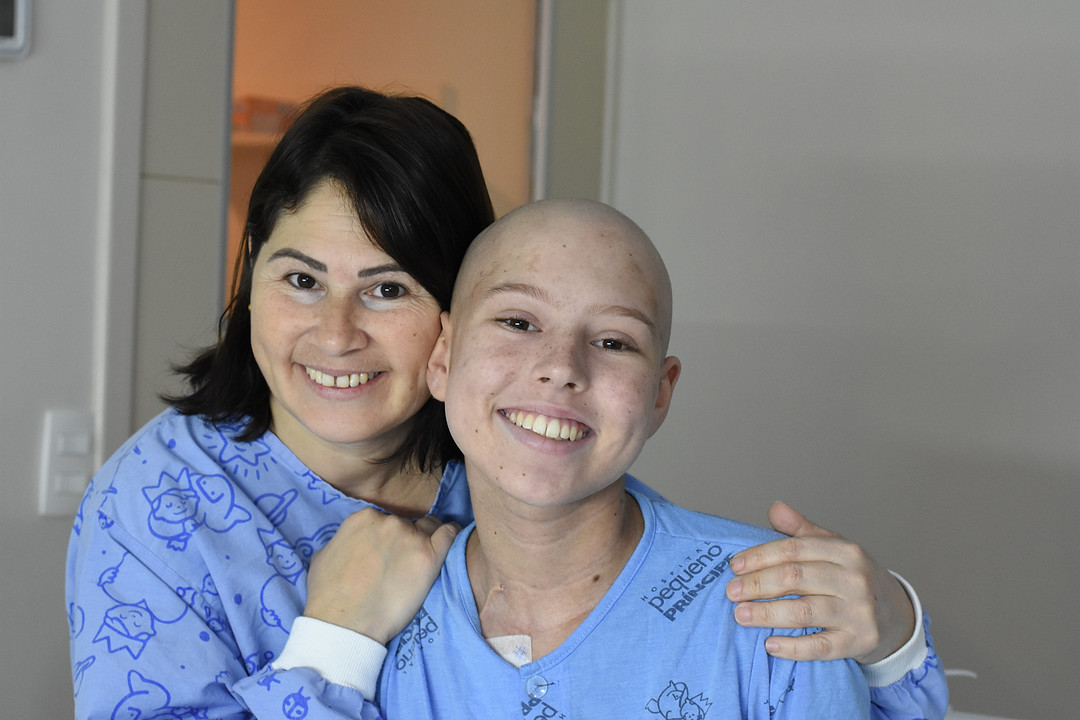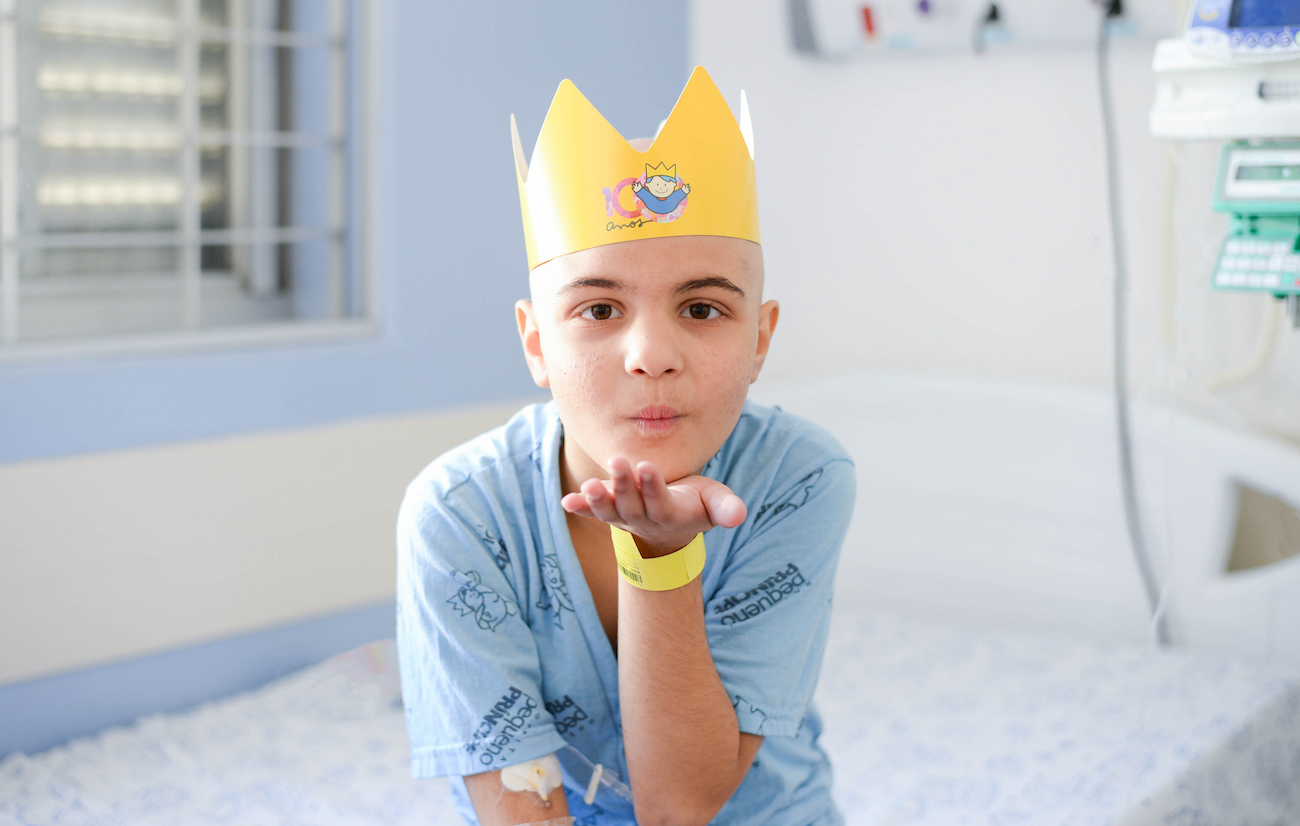Pediatric care by the Brazilian Public Health System: why is funding so challenging?
The table fee that regulates payments to hospitals was formulated in the 1980s; in addition to not have the necessary inflationary corrections applied, it is based on medicine that has been practiced for four decades
In Brazil, about 75% of the population depends on the national Public Health System (SUS, abbreviation in Portuguese) to have their right to health and life guaranteed. For seven out of ten children, it is the only alternative for accessing healthcare, which makes the program an extremely necessary public policy for Brazil. Alone, public hospitals cannot serve the more than 150 million Brazilians who depend on the SUS. And this is where philanthropic hospitals make the scene, such as Pequeno Príncipe, the largest exclusively pediatric hospital in Brazil. The more than 1,800 philanthropic hospitals operating in the country are responsible for 70% of the high complexity care provided by the SUS and 51% of the medium complexity care. Together, they provide 169,000 hospital beds and 26,000 ICU beds.
Despite the indisputable relevance for the health sector, philanthropists face major financial problems, the root of which is funding. The financing responsibility is tripartite, that is, of the three spheres of government: federal, state and municipal; and payments are made on a per-service basis. Each hospital has a target to meet, established in a contract with the local manager.
The great challenge lies in the table fee adopted to remunerate the services provided. Since 1994, this table has had an average adjustment of 94%, while the National Consumer Price Index (INPC, abbreviation in Portuguese) has been adjusted by 636%, according to the Confederation of Santas Casas, Hospitals and Philanthropic Entities (CMB).
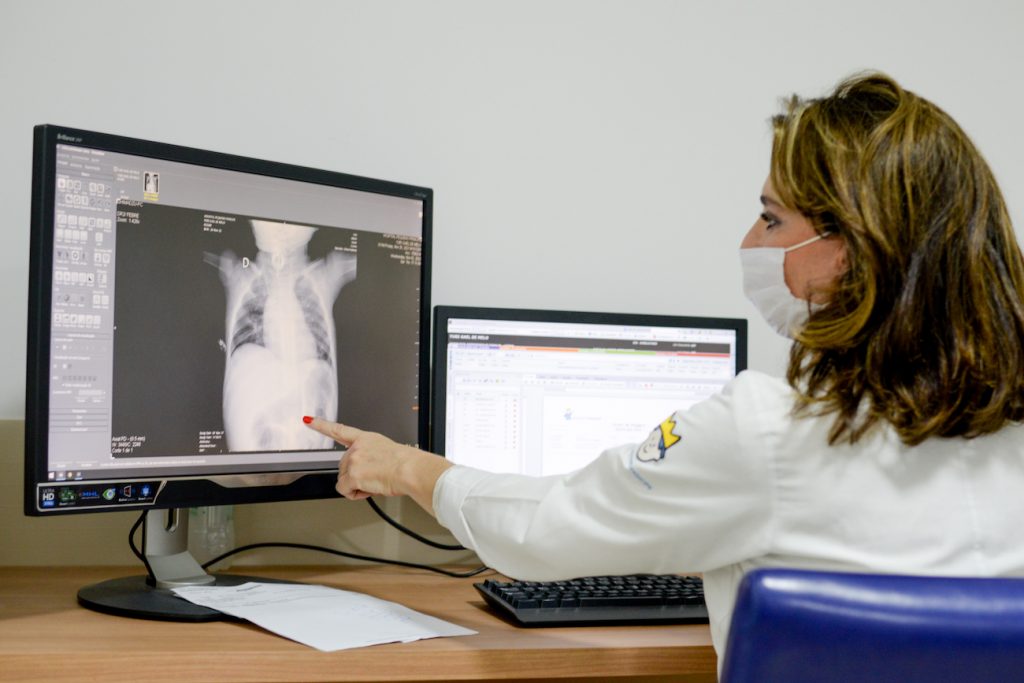
SUS table fee
To translate what the numbers above mean, we present below some values that appear in the Brazilian Public Health System table fee. For a consultation with a specialized doctor – such as an oncologist, cardiologist, neurologist, for example –, the SUS table provides a payment fee of US$ 2. For a consultation at an Emergency Room, US$ 2.20.
The table fee used for exams is also challenging: for a cranial tomography, the SUS pays US$ 18.80. For an electrocardiogram, only US$ 1.03. Hospitals are paid US$ 0.82 for a complete blood count.
Surgical procedures are also underpaid. For appendicitis surgery, for example, the table provides for the payment of US$ 48.59 to the hospital and US$ 35.69 of medical fees, totaling US$ 84.28. For a pacemaker implantation, a complex procedure, the institution receives US$ 61.04, while the professional receives US$ 133.92.
Pay per package
In addition to the outdated table fee, the adopted payment model remunerates hospitals by procedure (by diagnosis), regardless of how the patient evolves. “The payment model per procedure is based on a historical medical cost, that is, an average amount is paid for the same diagnosis, even with different evolution. The point is that the historical average was built in the 1980s, based on the medicine practiced at that time. In addition, there was no correction of values according to inflation,” explains the technical director of Pequeno Príncipe Hospital, Donizetti Dimer Giamberardino Filho. “Time passed and there was no monetary correction. And the current treatments referring to the SUS table fee codes were not updated. The valuation is of a medicine applied in the 1980s, when it should have been in the 2020s,” he emphasizes.
The treatment of epilepsy clearly demonstrates this mismatch. The Brazilian Public Health System table fee provides for a payment of around US$ 400 for hospitalization due to seizures. However, when this table fee was prepared, there was no magnetic resonance imaging or genetic tests to investigate the causes of the disease. That is, even if the values in the table fee had received adequate inflation correction, they would not be in line with the medicine practiced today, which has incorporated new technologies, making its practice more expensive.
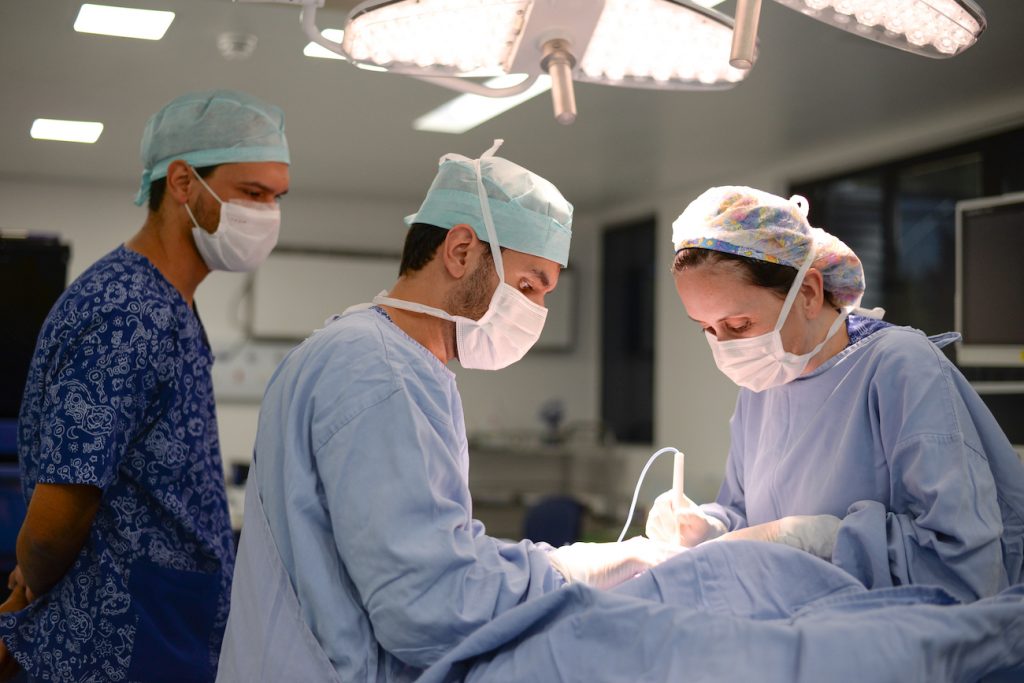
A real case
The story of little C.B., who is now 9 months old, illustrates well how challenging SUS care is from a financial point of view. The girl was born healthy, but at 8 days old she suffered a twisted and perforated intestine. Treated at another hospital in Curitiba, she underwent four surgeries and lost 90% of her intestine, leaving only 30 centimeters. After two months in the hospital, she was transferred to Pequeno Príncipe, as she had severe malnutrition.
At Pequeno Príncipe, she started to be accompanied by the Nutritional Support Service, which started offering parenteral feeding (through a vein). There were five months of hospitalization, a period in which she needed follow-up with a pediatrician, gastroenterologist, neurologist, pediatric surgeons, interventional radiologists, physiotherapist and speech therapist.
“For all this treatment, which includes daily rates for almost five months of hospitalization, medical follow-up in various specialties, a multiprofessional team, exams, medicines, materials such as catheters, procedures such as interventional radiology, Pequeno Príncipe received US$ 3,240 from the SUS,” reveals the administrative and financial director of the Hospital, André Teixeira. The food she receives through a vein alone costs around US$ 55 per day – which, in five months, would already add up to something like US$ 8,200. The Public Health System transfers US$ 9 per day for food, around US$ 1,340.
“Caring for patients through the SUS represents a huge financial challenge, but we choose to face this challenge every day because we believe that all children, regardless of their financial condition, have the right to life and health, just as little C.B. had this opportunity,” points out the corporate director of the Pequeno Príncipe Complex, José Álvaro da Silva Carneiro.
Aggregated costs
In addition to issues related to the price list, pediatric care provided by the SUS has some characteristics that represent additional costs – but fundamental – to its practice.
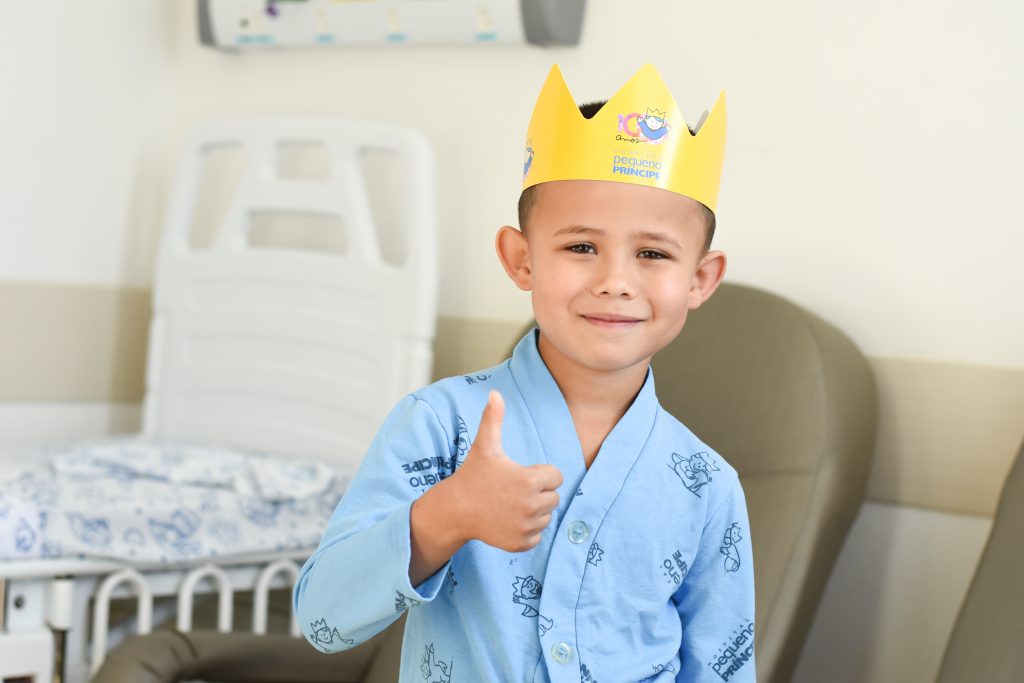
The child has the right to be hospitalized with a companion at her side. This companion, however, needs to eat while in the Hospital. They also need resources for hygiene, a suitable environment to rest, and often require psychological follow-up. All these needs are not included in the compensation offered by the Public Health System.
Another example is the manipulation of drug doses. While in a hospital for adults it is possible, for example, to offer a medicine in the dosage in which it is made available by the pharmaceutical industry, for children it is usually necessary to fractionate it, adjusting the dose to the patient’s weight. The Pequeno Príncipe serves children with weights ranging from less than 1 kg to more than 100 kg. The dose of each medicine is calculated and prepared in the pharmacy for each child, thus ensuring safety in the offer. An average of 800,000 doses of medication are prepared per month, requiring the Hospital’s pharmacy to have a greater number of employees, incurring in more cost for the institution.
“There are still other examples of added services that we offer to our patients, even if this represents an increase in our costs, as we believe that these are practices that humanize care and are directly reflected in care indicators. In order to meet these expenses, we have the essential support of society in numerous projects,” observes the executive director of the Hospital, Ety Cristina Forte Carneiro.
“Compassion is in our DNA, and this challenge motivates us to wake up every day and dedicate all our energy to increasingly efficient management, increasingly engaging society in our cause, and giving life chances to a growing number of children,” she adds.
More
Research wants to identify how to avoid relapses in the treatment of leukemias with BMT
The incidence of relapse after transplantation ranges from 13% to 47%, depending on the patient, disease and characteristics of the transplant. In Pequeno Príncipe, about 21% of patients had relapses
Engagement in generous actions increases worldwide
GivingTuesday and “Dia de Doar” are opportunities to effectively contribute to causes that transform the planet


